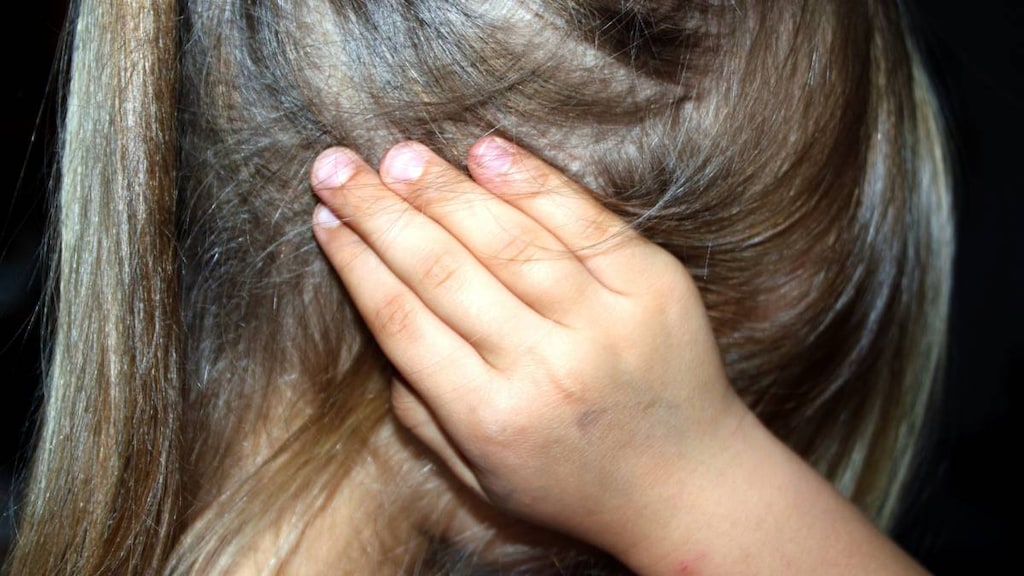
What is otitis media?
Otitis media is a type of ear infection characterized by inflammation of the middle ear and tympanic membrane. It commonly occurs in children, affecting more than 80% of children at least once by the time they are three years old. Those living in overcrowded communities are most at risk.
What causes otitis media?
Most cases of otitis media are initially caused by a viral infection, such as a cold or respiratory infection, that is then complicated by a bacterial infection. Occasionally the initial infection may be bacterial.
People are at higher risk of otitis media include those:
- Attending daycare
- Born prematurely
- Bottle-fed while lying down flat
- Exposed to second-hand smoke
- Living in an overcrowded home
- Not breastfed
- Using a pacifier
- With a current viral illness, such as a cold
- With a family history of ear infections
- With low immunity
- With malformations in their eustachian tube.
Children are at higher risk of otitis media because of Eustachian tube dysfunction. The eustachian tube is the canal that links the middle ear and the nasopharynx. At rest it is closed, but it opens on swallowing, yawning, and sneezing, facilitating pressure equalization between the external environment and the middle ear by allowing a bolus of air to pass through. If the eustachian tube is not functioning properly, negative pressures can develop within the middle ear causing a fluid buildup, which provides a good environment for bacterial and viral growth.
What are the symptoms of otitis media?
Adults and older children will complain of ear pain and some hearing loss.
Symptoms of otitis media in young children may include:
- Difficulty sleeping
- Discharge of fluid from one ear
- Fever
- Hearing difficulties
- Loss of balance
- Tugging at one or both ear
- Unusual irritability.
There are three main types of otitis media and symptoms differ slightly:
Acute otitis media (AOM): This is an abrupt infection of the middle ear that causes swelling, redness, ear pain, and hearing loss. A fever is also usually present.
Otitis media with effusion (OME): This results from fluid and mucus accumulation in the middle ear after the initial infection subsides. Hearing may be impaired, and the child experiences a feeling of fullness in the ear.
Chronic otitis media with effusion (COME): This results from prolonged fluid and mucus accumulation in the middle ear causing significant hearing impairment, even though no infection is present.
How is otitis media diagnosed?
If you suspect your child has otitis media, see a doctor. Your doctor will take a history and perform a physical examination and look in both ears using an otoscope (a lighted instrument that allows the physician to see inside the ear). Other tests, such as a hearing test or tympanometry may also be performed.
How is otitis media treated?
Treatment depends on a child’s age, overall health, and medical history and may include:
- Pain relievers, such as acetaminophen or ibuprofen
- Antibiotics
- Surgery (a myringotomy) to allow placement of temporary draining tubes in the eardrum
- Adenoid removal.
If COME is left untreated it may result in permanent hearing loss and problems with speech and language development.




